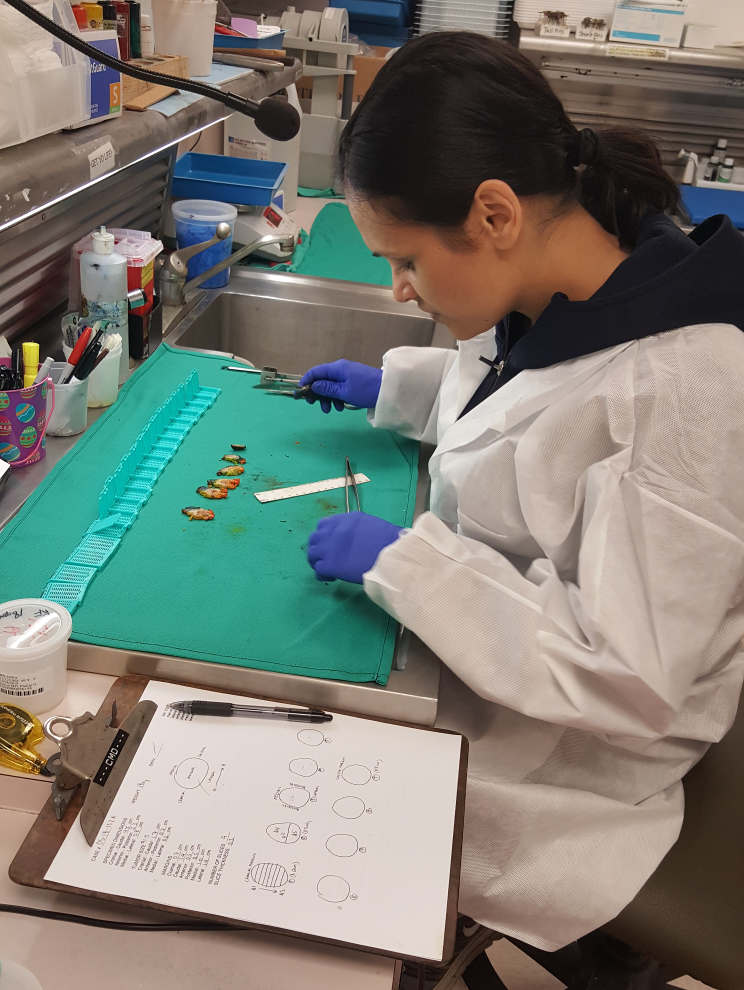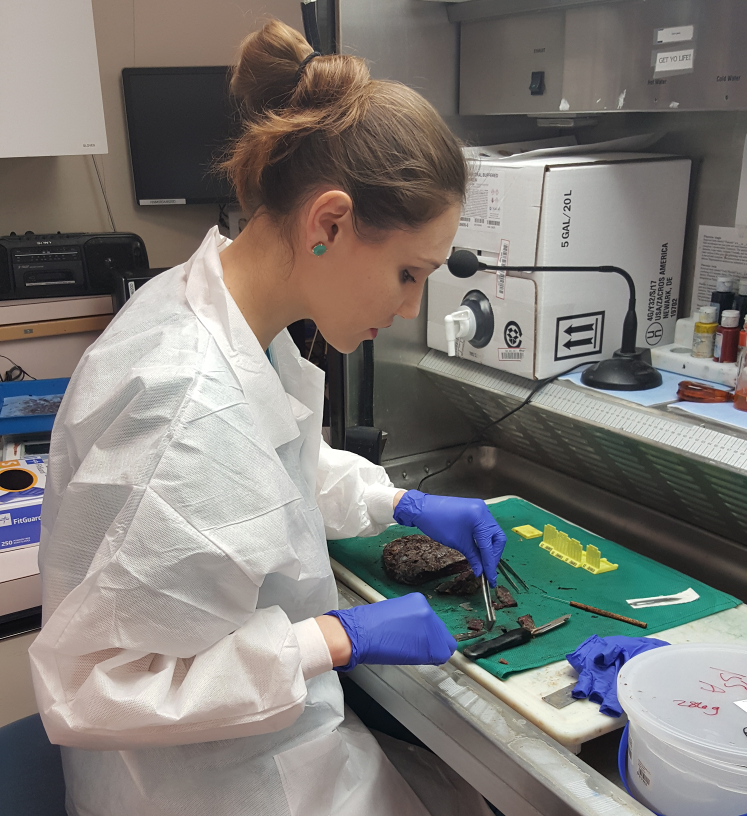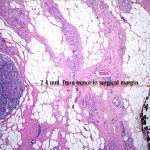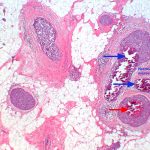Critical close working relationship with pathology assistants and pathologists.
Our pathology group began using pathology assistants (PA) many years ago. At first, we had the natural concern that something would be missed by these newly out of school assistants. Our anatomical pathology setting is conducive to a close working relationship between the pathologists and PAs. The grossing stations are located centrally in the anatomic lab (also called Pathology) with the pathologist offices positioned around the perimeter. Usually the pathologist on frozen section duty is also responsible for the PA questions on that assigned day. Fortunately, there are other nearby pathologists available to answer questions if the FS pathologist is in a meeting or in the OR consulting. Day in and day out the PAs have an umbrella of pathologists available to help. No PA is left alone to do their “best” without professional guidance.
We have seen multiple times when the surgeons will seek out one of the PAs to discuss the gross specimen. That is most common with the colon-rectal surgeons as well as breast surgeons. As the PAs become comfortable with their role in our laboratory, they will call out a mislabeling of a specimen by the surgeon. This “call-out” is done delicately and professionally with the pathologist making the call. When the surgeon shows up, often quickly, the pathologist introduces the PA if necessary, and lets the PA carry the discussion on the labeling. The discussion always ends well, and usually the PA is correct about the mislabeling.
We have been very pleased over the years with the pathology assistants that have worked in our program. We try to keep up with many of the stars who have moved on. We understand that a lot of the techniques and data keeping we created, have been taken to new institutions and implemented in these new locations. We find it to be complimentary to know that some of our procedures to help treating physicians in our institution are now being used in a positive manner to help treat more patients. We owe a lot of gratitude to the PAs who have been instrumental in creating better ways to perform pathology services.


I go into this detail in the above paragraph to emphasize how important the trust is between the pathologist as a supervisor and practitioner, and the pathology assistant because of the down-stream consequences in patient care. The pathologist needs to be confident that each specimen will be grossed in correctly with thorough examination and the certainty that all appropriate sections have been submitted. Our experience is that the PA graduates from the major programs are as compulsive as the pathologists in our group.
Our comprehensive breast program began in 1996. We strongly encouraged our PAs to attend the weekly, prospective breast conferences. The reasons behind this suggestion (almost a requirement) was to introduce the PAs to the rest of the breast team, but also to make sure they understood how important their work was to the other physicians of the breast team. When margins turned up positive in a lumpectomy case one of them had cut-in, the impact of their meticulous dissection was recognized by everyone in the room. This kind of interaction builds confidence in the PA to work more closely with the surgeons who sometimes present deity attitudes. Once the PA becomes involved in the weekly program, a relationship begins with the physician team members.


